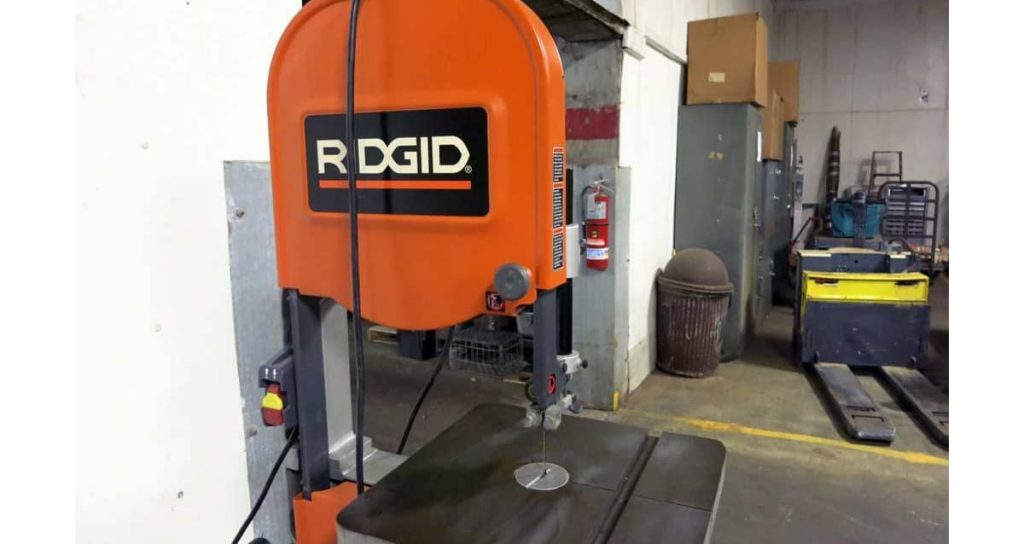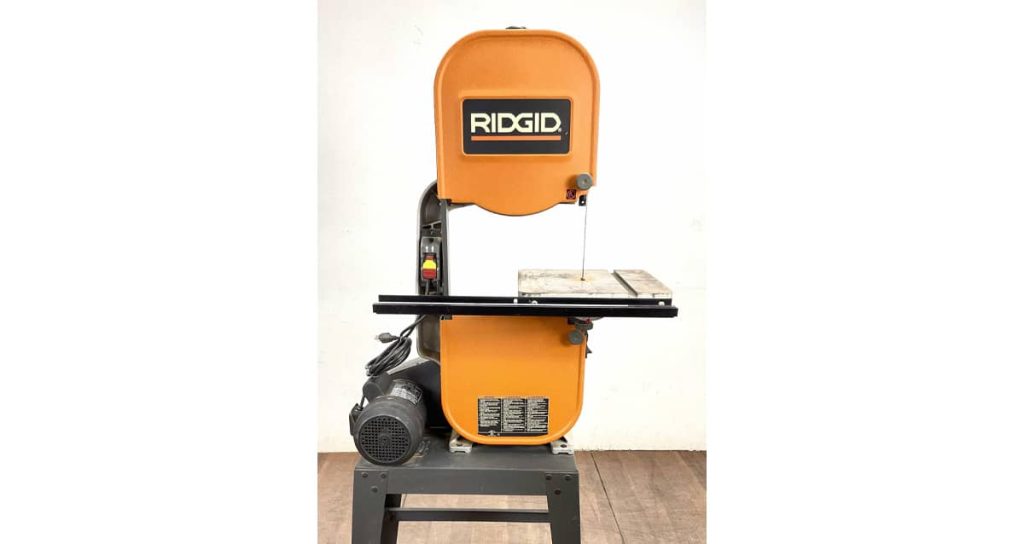The Ridgid bandsaw has become a dependable choice in many woodworking shops thanks to its solid construction, reasonable price, and ease of adjustment. With a cast iron table and durable frame, it is well-suited for both hobby users and professionals. Like any tool, however, certain problems may show up as the machine sees more use.
Identifying Vibration Problems
-
Tighten all bolts and fasteners, including the motor mount, to reduce shaking.
-
Examine the wheels for cracks or imbalance and replace them if necessary.
-
Use a sharp, well-tensioned blade to avoid chatter while cutting.
-
Level the saw with shims or adjustable feet if the floor is uneven.

The Importance of Blade Tracking
Blade tracking is one of the most common Ridgid bandsaw troubleshooting concerns. If the blade moves toward the front or back of the wheel instead of staying centered, accuracy is affected. Proper alignment and fresh rubber tires help the blade track correctly.
Improving Cut Quality
Woodworkers sometimes notice burn marks, rough edges, or cuts that wander. These problems usually come from a dull blade, incorrect tension, or feeding the material too quickly. Applying steady pressure and maintaining proper blade tension produces cleaner results.
Ridgid Bandsaw Specifications
| Specification | Details |
|---|---|
| Frame Material | Steel with cast iron table |
| Cutting Capacity | Varies by model, about 12–14 in |
| Motor Power | 1/2 to 3/4 HP depending on model |
| Blade Size | Typically 93.5 in or 105 in |
| Speed Options | Single or variable speed |
Comfort and Setup
Ridgid bandsaws feature adjustment systems designed for simplicity. When the blade and guides are aligned correctly, the saw runs smoother and the motor experiences less strain.
Motor and Power Considerations
-
Confirm the electrical outlet provides the correct voltage and amperage.
-
Check belts for stretching or cracks and replace when necessary.
-
Remove dust inside the motor housing to prevent overheating.
-
If the motor hums without turning, the capacitor may need replacement.

Preventing Blade Slippage
Blade slippage can interrupt accurate cutting. This often requires rechecking blade tension and tracking. Misaligned wheels or over-tightened tension can cause the blade to come off or break earlier than expected.
Maintenance for Long-Term Reliability
-
Clean the wheels, guides, and table to eliminate dust and resin.
-
Replace worn tires when they show signs of wear.
-
Lubricate moving parts according to the manufacturer’s guidelines.
-
Store blades in a dry place to prevent rust or bending.
Extend the Life of Your Bandsaw
Regular upkeep is essential for accuracy and reliability. For a simple plan you can follow, check out our guide: “Bandsaw Maintenance Schedule: Keep Your Saw in Top Condition“. It outlines the key steps to keep your saw performing smoothly over time.
Sawblade.com as a Resource
Sawblade.com supplies Ridgid-compatible blades, replacement parts, and accessories. Their Tech Tips section also provides troubleshooting guides and maintenance advice to help users extend the life of their bandsaws.
When properly tuned and maintained, a Ridgid bandsaw is a tool that delivers consistent results. By addressing vibration, blade tracking, cut quality, and motor issues step by step, smooth operation can be restored quickly. With routine upkeep and the right blade selection, it remains a valuable addition to any woodworking shop.